Waterford – Kildare – Portlaoise – Cork – Cobh – Cork – Mallow – Tralee
I started the day with a short walk around Waterford. An oddity that I’d not spotted last night is the family home of a certain Mr Jacob, the famed cracker maker. I also saw a few murals that I’d not seen the night before, including a rather sweet small one. Another one that I had spotted last night was being worked on and I had returned hoping to see the artist at work. Sadly he was too busy sorting out his diagrams and equipment, and I had a train to catch.
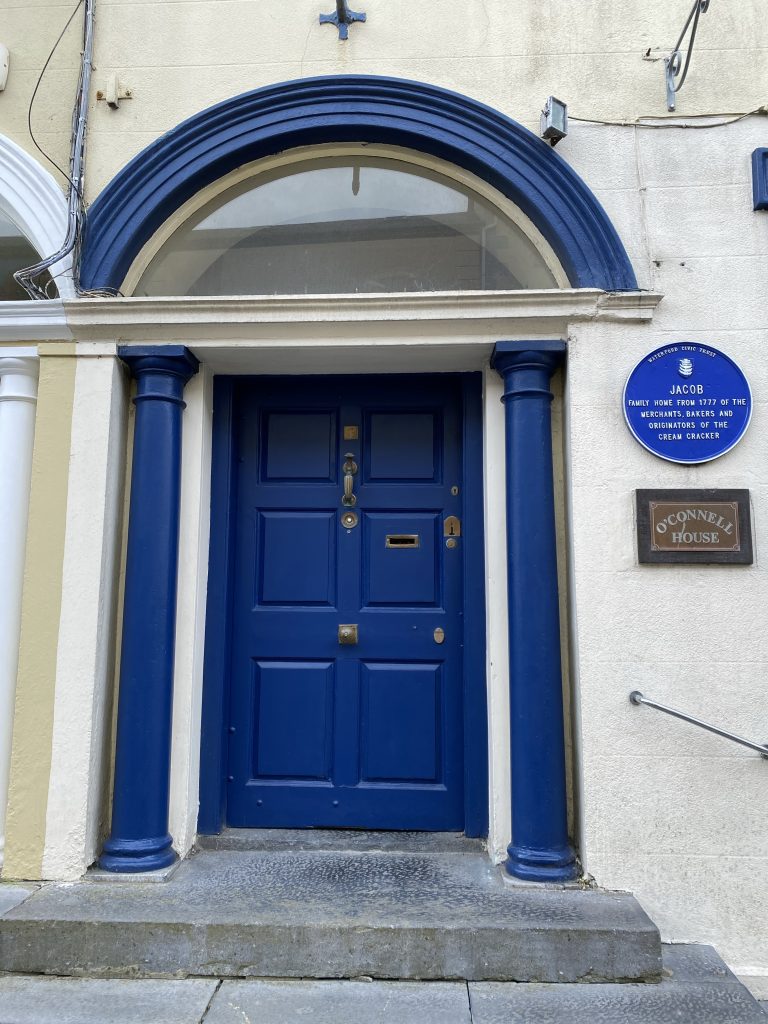
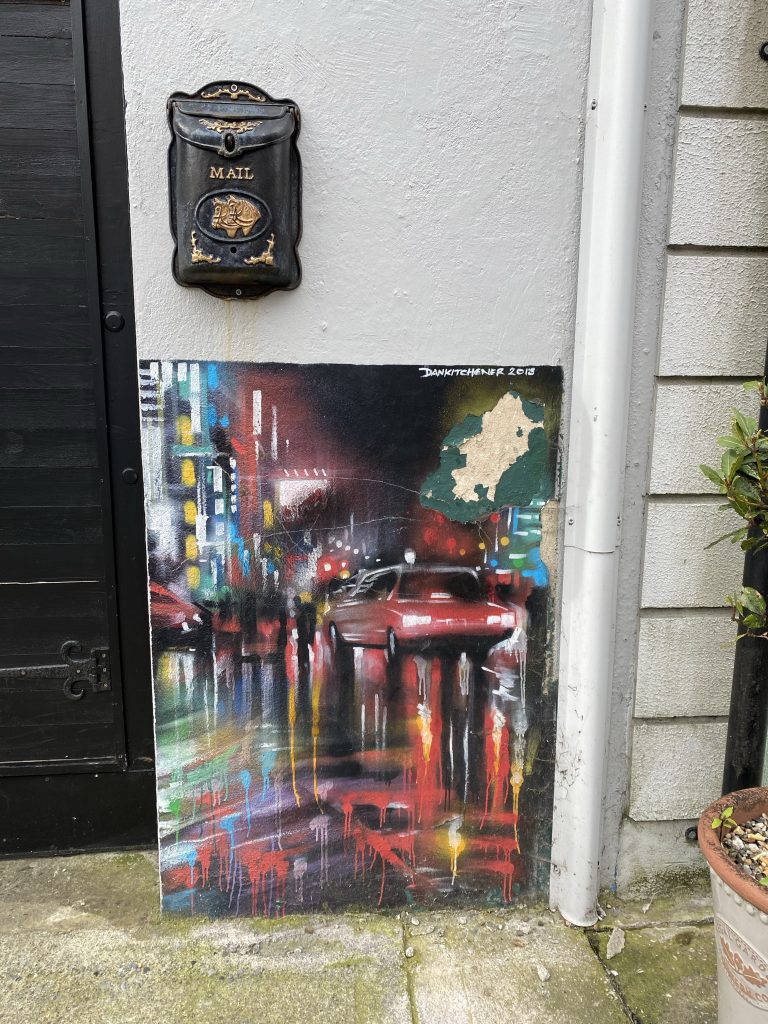
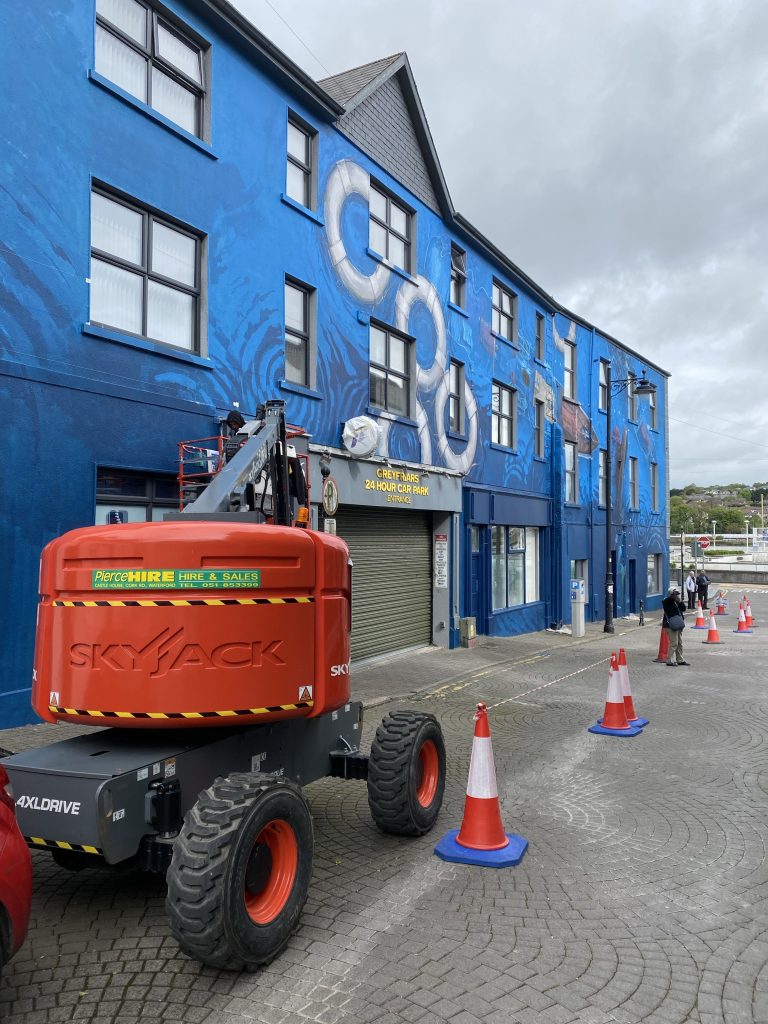
Ideally I would have taken a direct train from Waterford to Limerick Junction, but there are only two services a day, very early in the morning or late afternoon, neither of which was any use to me. I therefore had to retrace my steps from yesterday to Kildare and to Portlaoise, before joining the Dublin to Cork service.
One of the small irritations of most Irish railway stations is the lack of information for passengers. Overhead signage is all but non-existent and trains can pull in on any platform, not necessarily the one you might expect given the direction of travel, which can be quite “exciting.” I’ve only seen a printed timetable displayed at one station since arriving at the start of the week. When I thought I’d misheard the announcement of my train I queried it with a member of staff who told me “no you heard it correctly, but it was wrong.” Conversely, on the Cork train, every carriage had an illuminated map that told you exactly where you were.
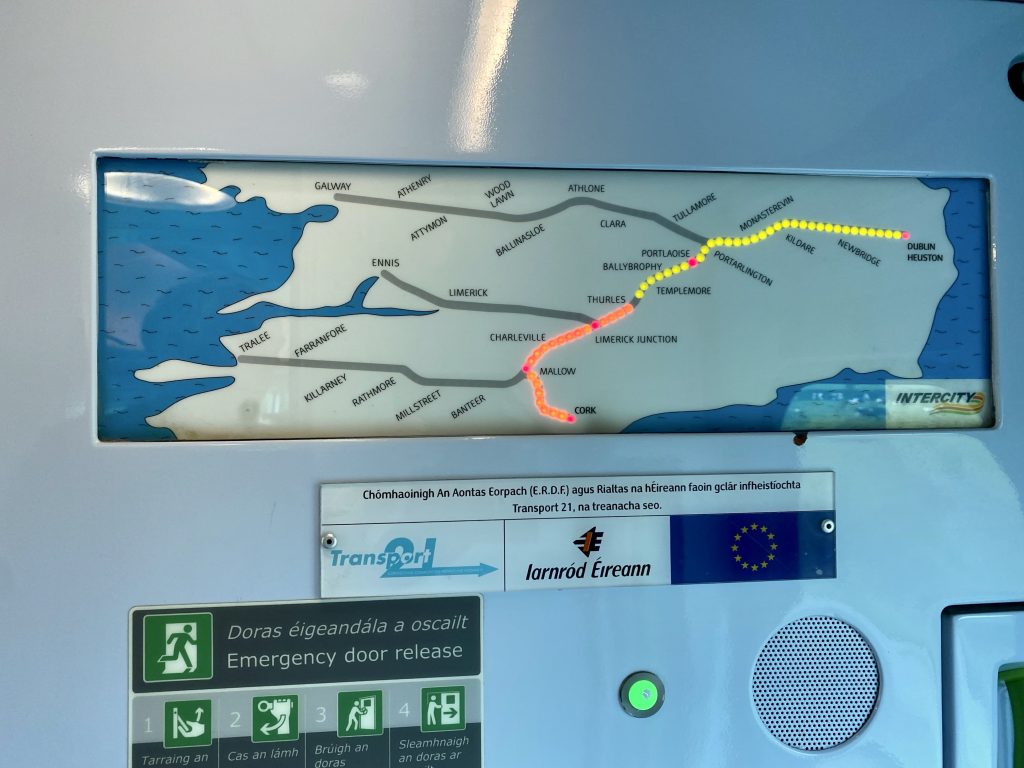
I’ve been travelling first class on my pass, and some Irish trains have (unannounced) first class sections. I got onto the Cork train which was packed solid, to find that there was a first class section at the very far end of the train. It took my 15 minutes to work my way through the overloaded carriages to a very sparsely populated first class section.
This train even had a mobile refreshments trolley, the only one I’ve seen in Ireland. Almost every train is equipped with a buffet car, but the buffets themselves closed at the start of COVID restrictions and there is no sign of them reopening, so I was told by a fellow passenger.
At Cork, I changed to the small local service to Cobh (pronounced, “Cove.”) This short journey has plenty of interest as it runs through low-lying coastal areas on the way to the terminus.
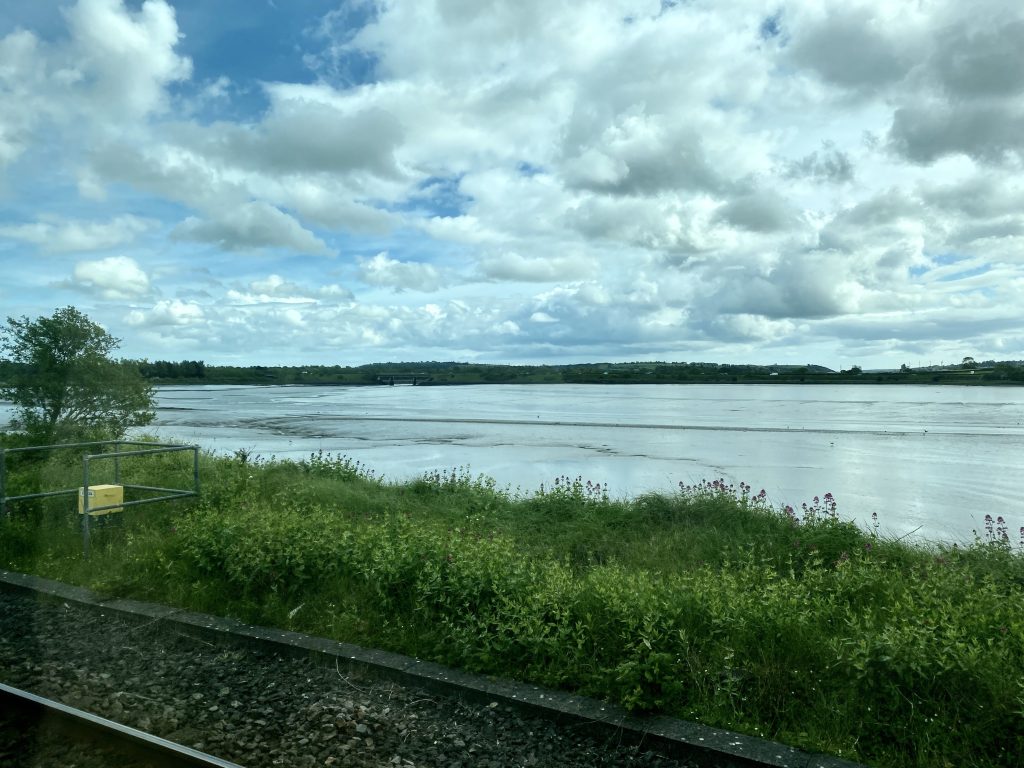
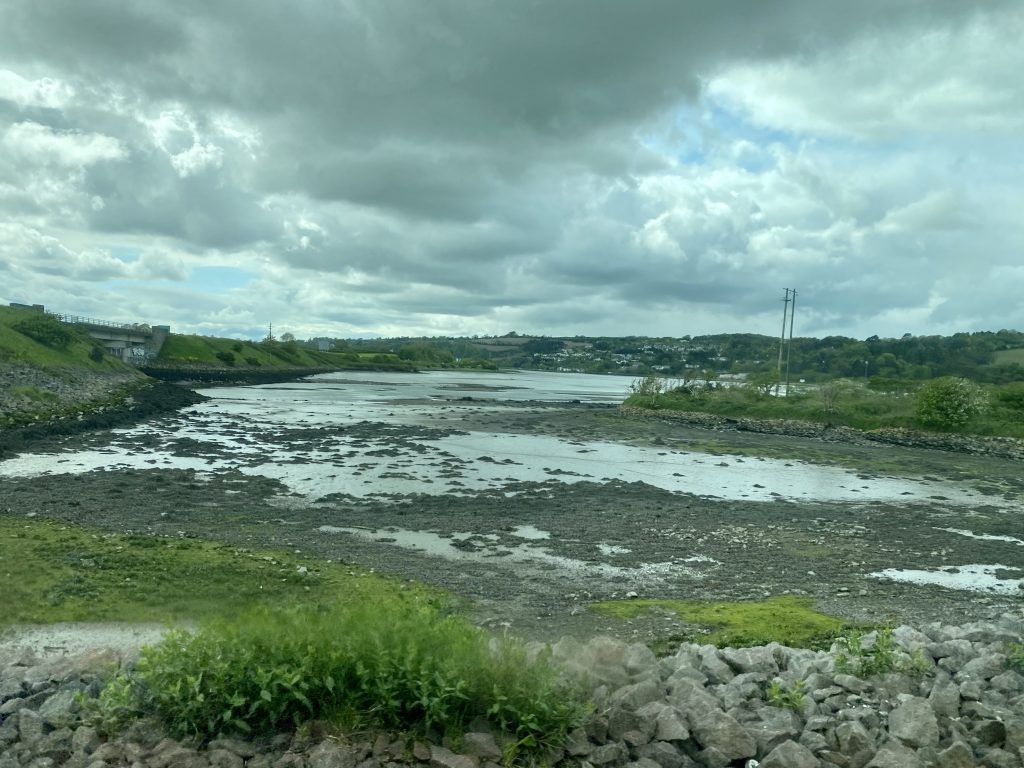
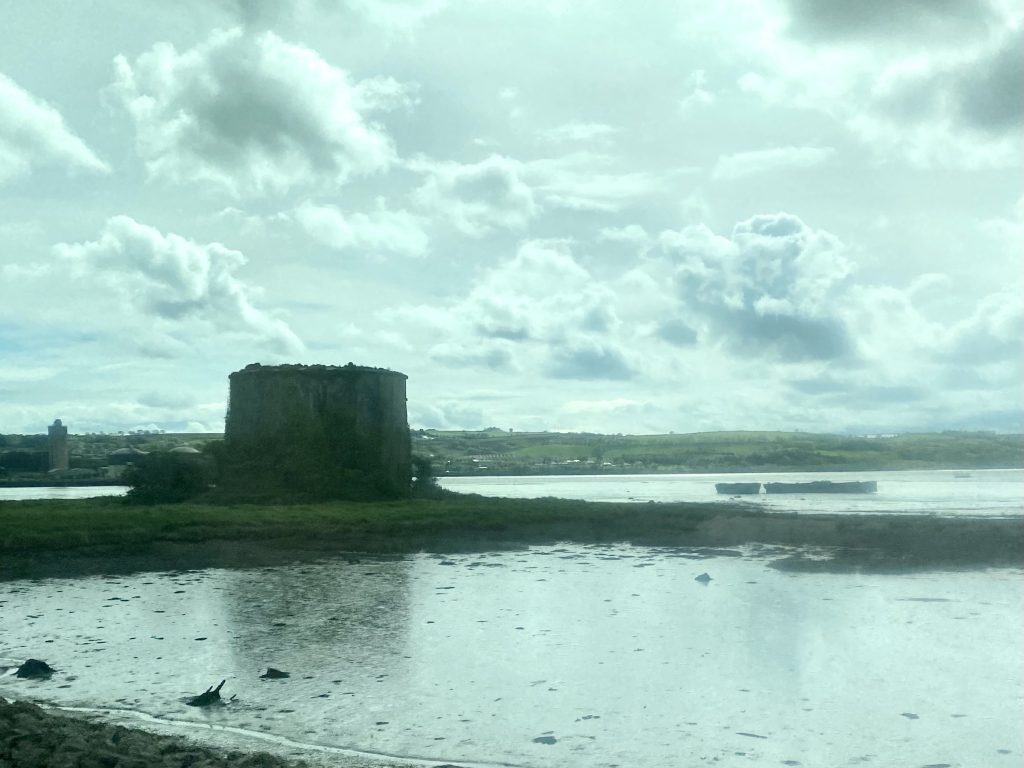
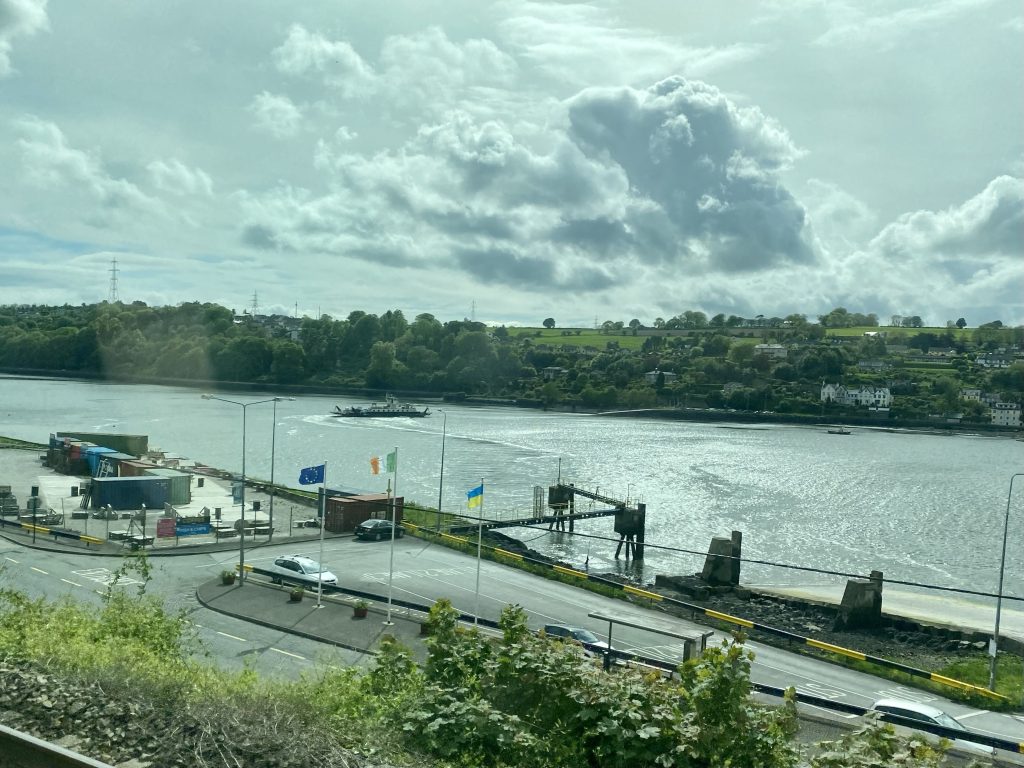
Cobh is not a place I’ve visited before. It was known in the 19th and early 20th Centuries as Queenstown and was the place from where many Australian, Canadian and American emigrants set sail. My own great-grandparents almost certainly left through this port when they emigrated to New York, before deciding to settle in London.
The old station has an extensive museum about this. I only had time for a brief look, but it seemed to be somewhere worth revisiting. There is a lovely sculpture outside the museum, which captures the feeling of those times very well.
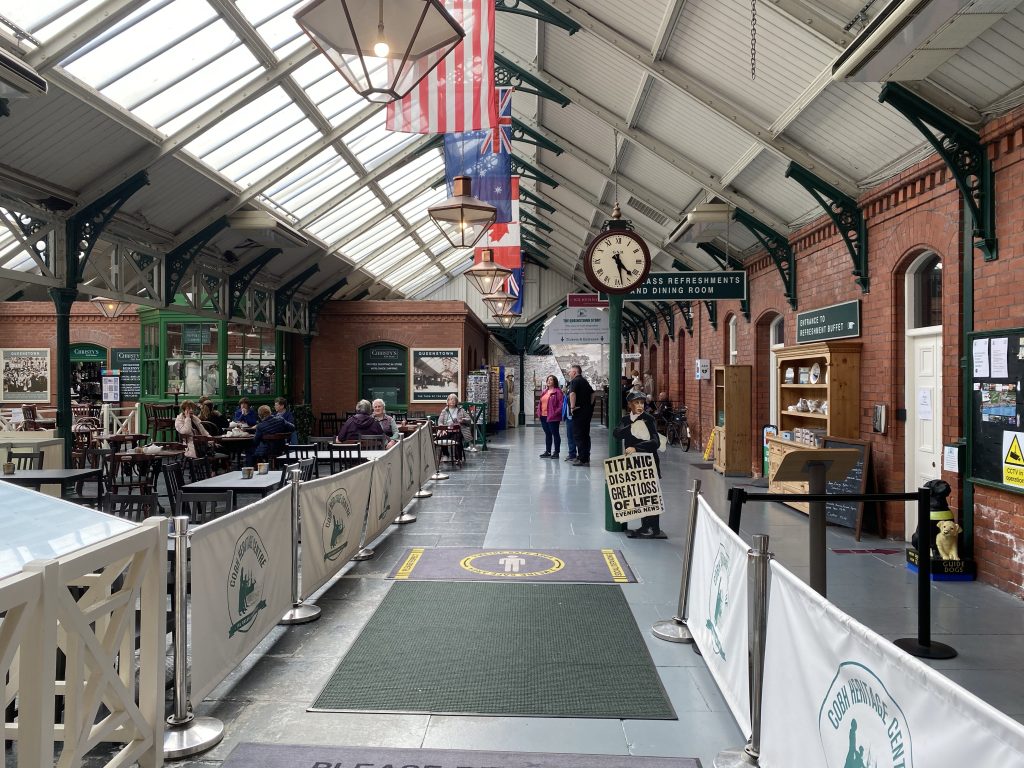
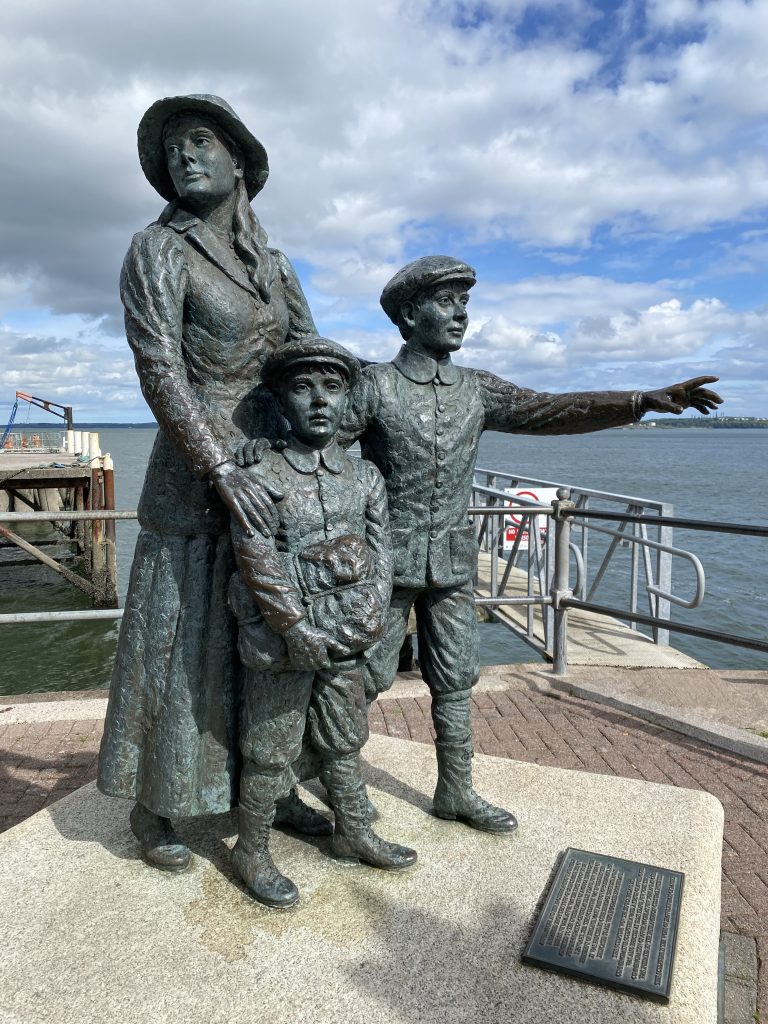
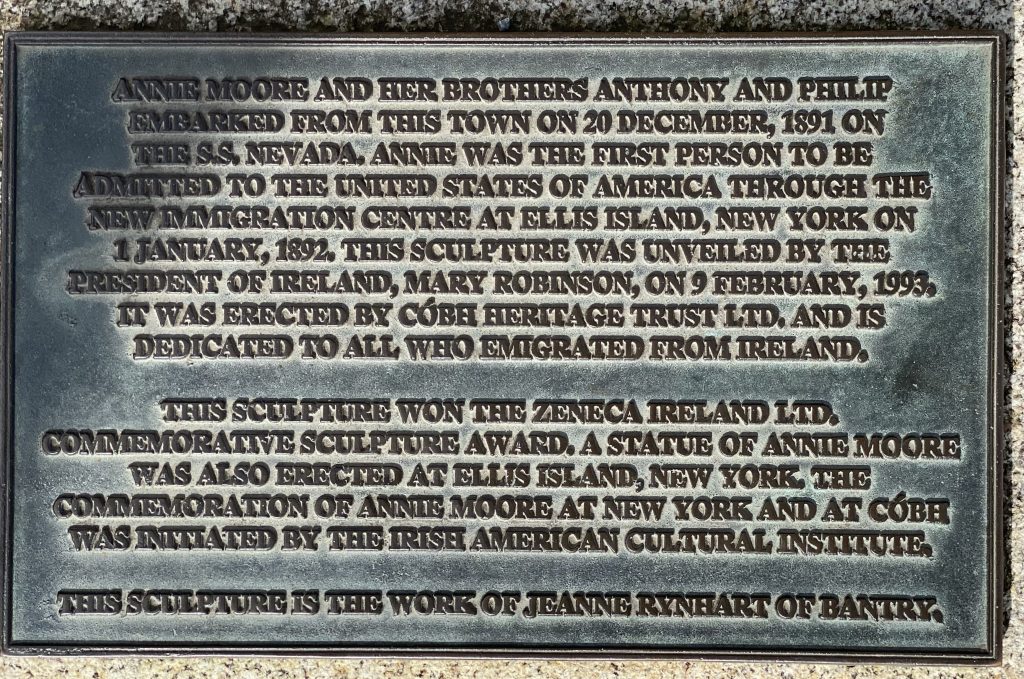
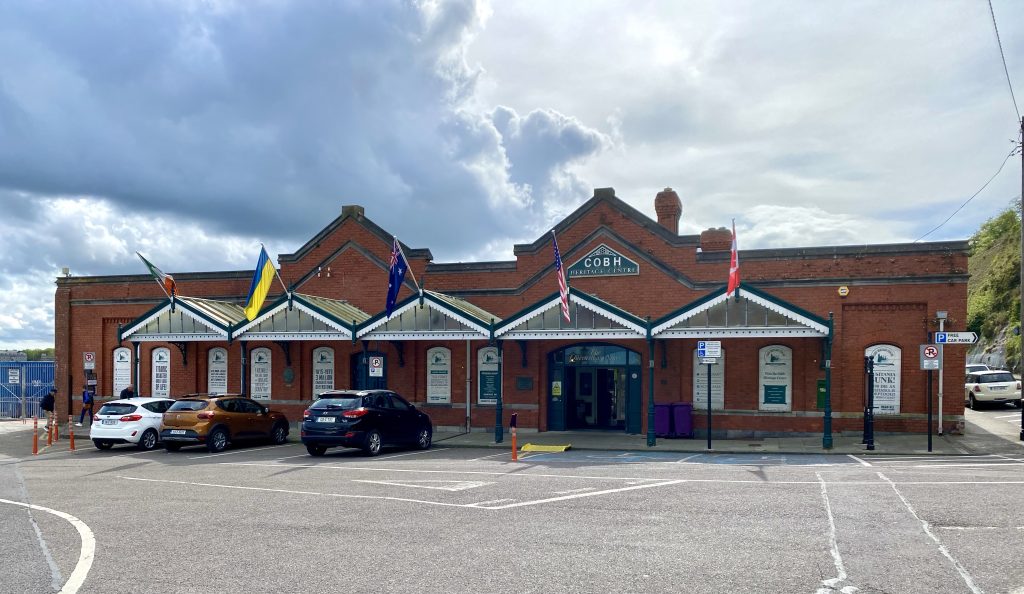
Queenstown, as it then was, is the last place that the Titanic stopped before setting sail on its fateful journey, and the old White Star offices are also a museum. I didn’t have time to look in here.
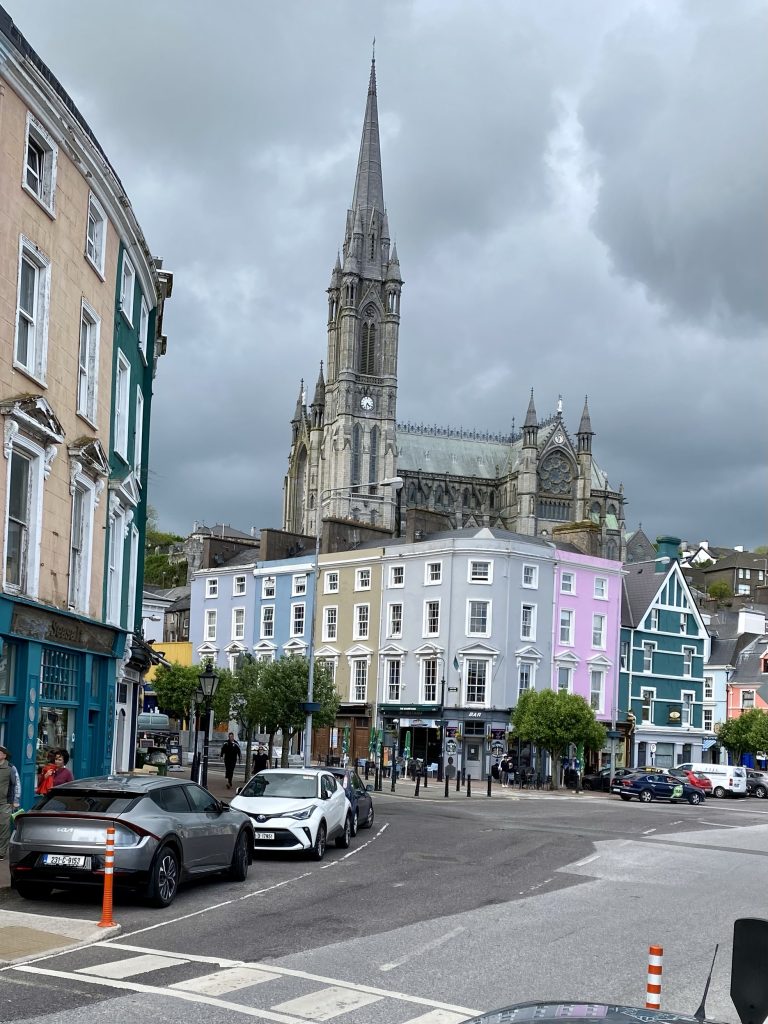
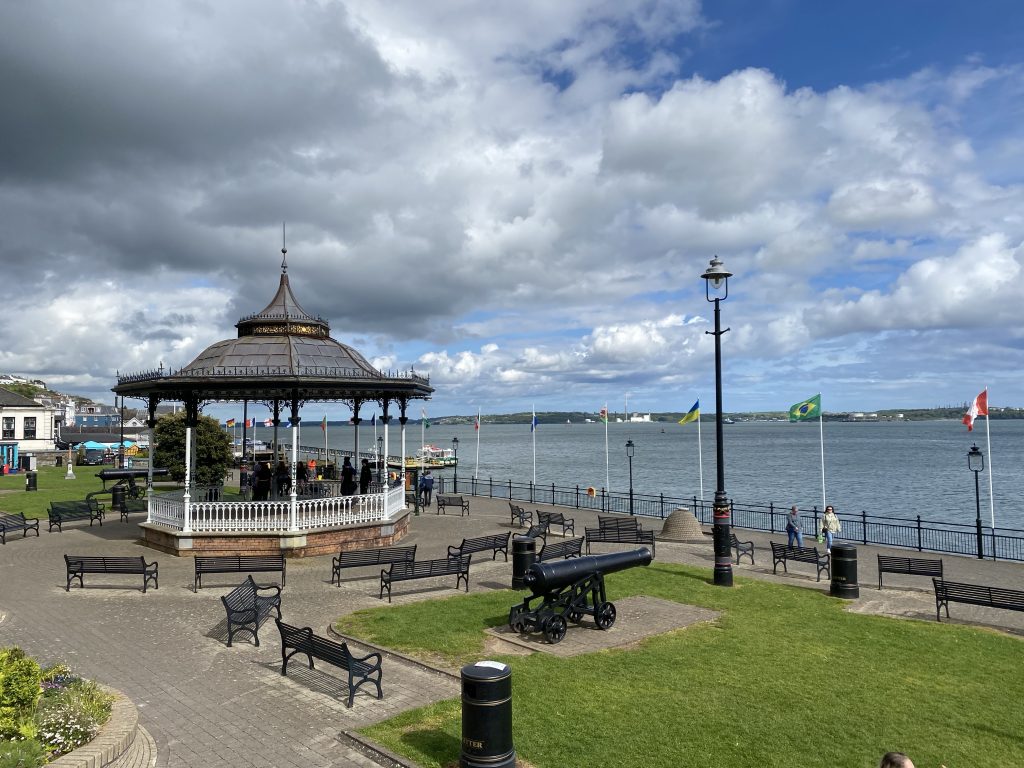
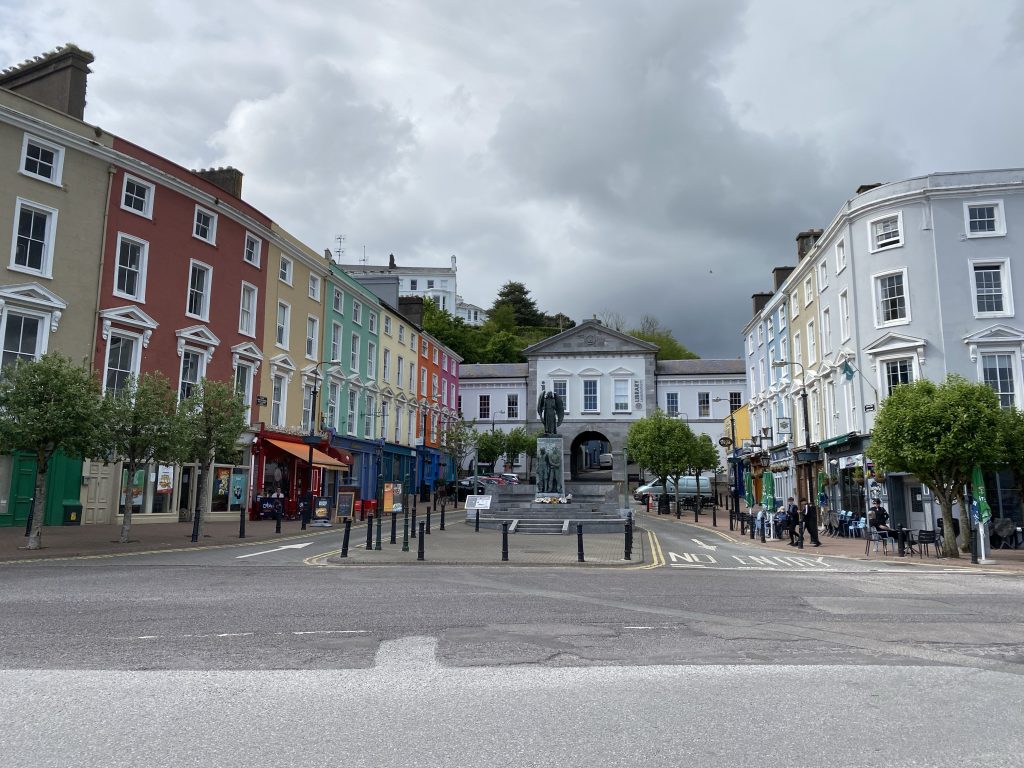
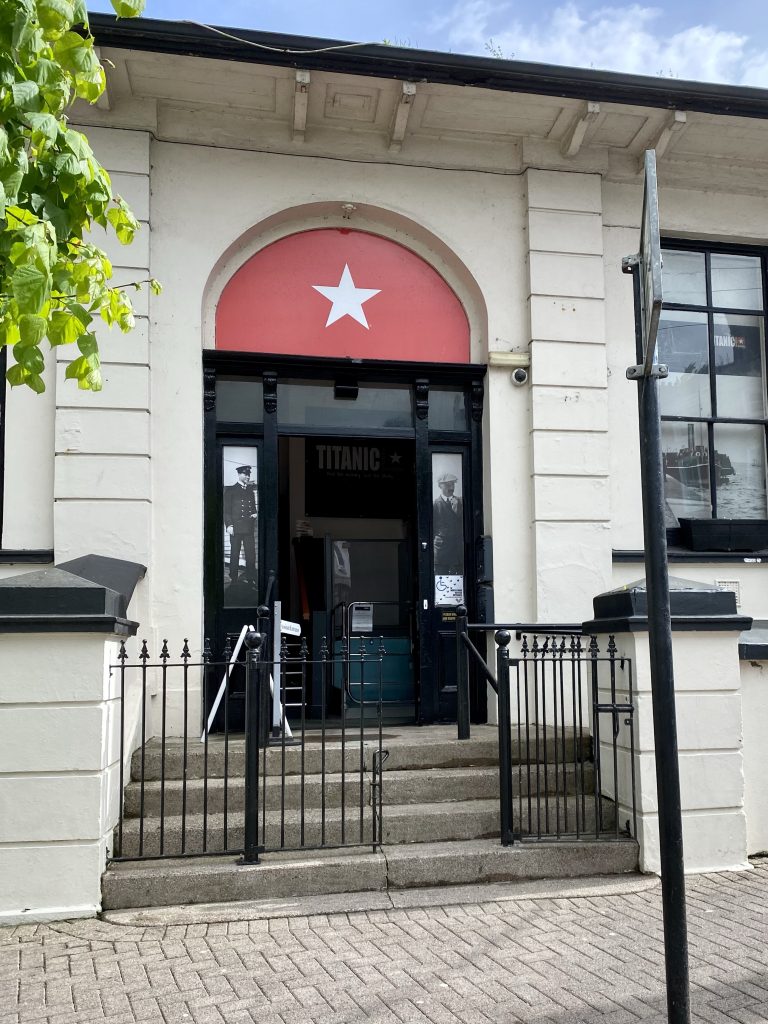
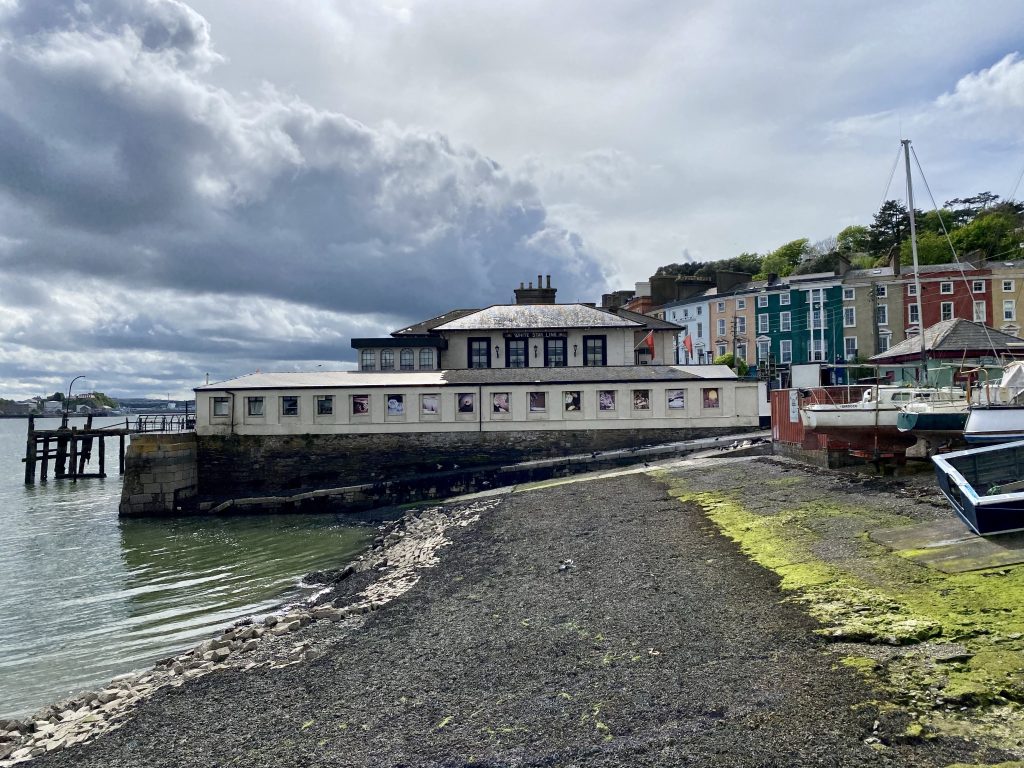
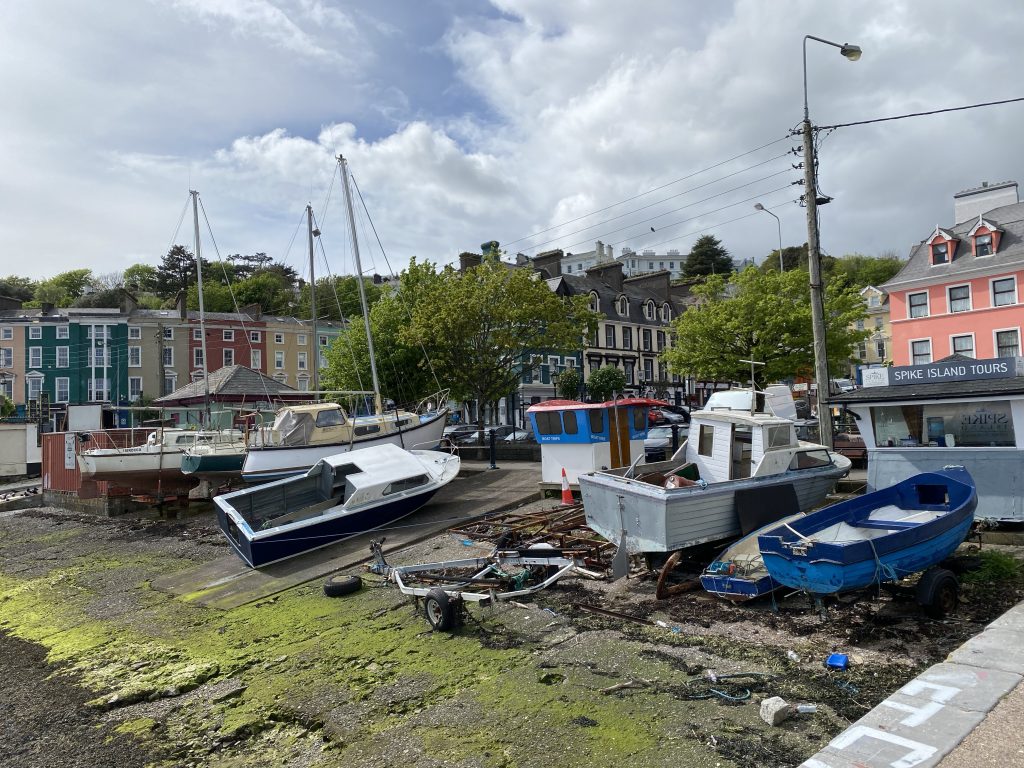
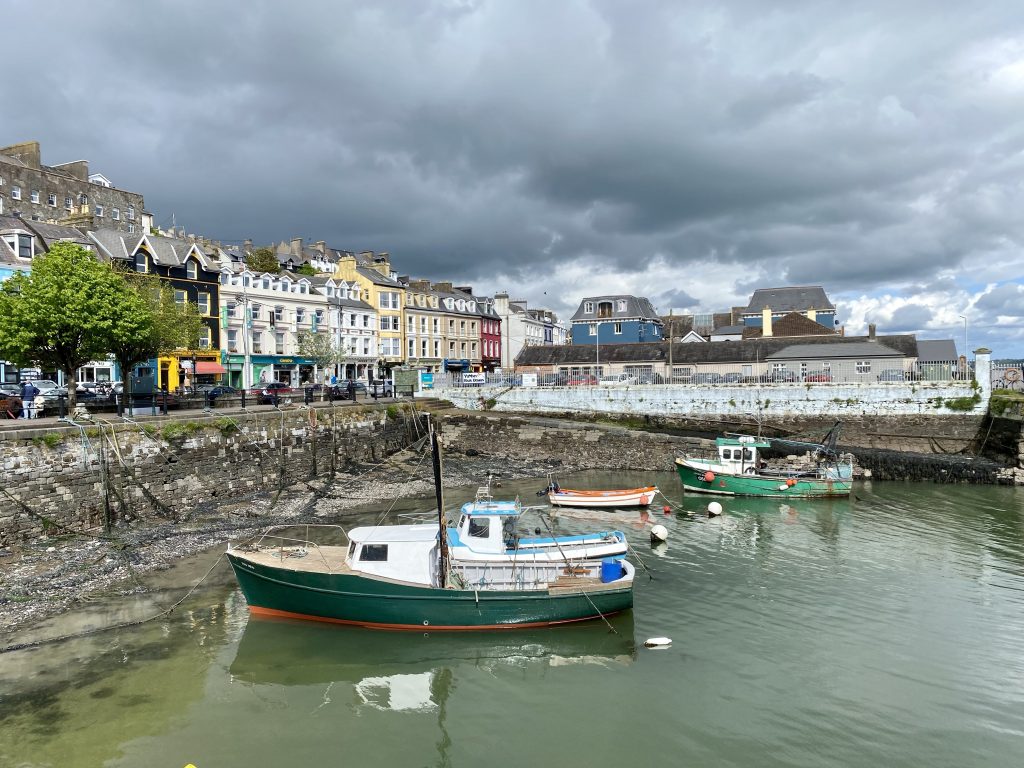
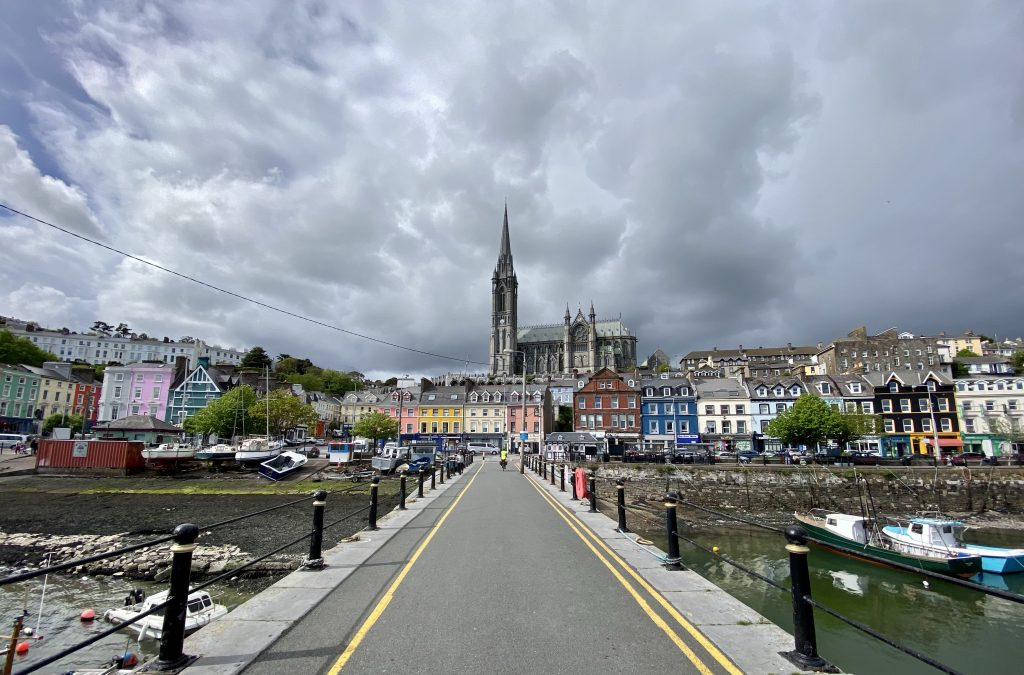
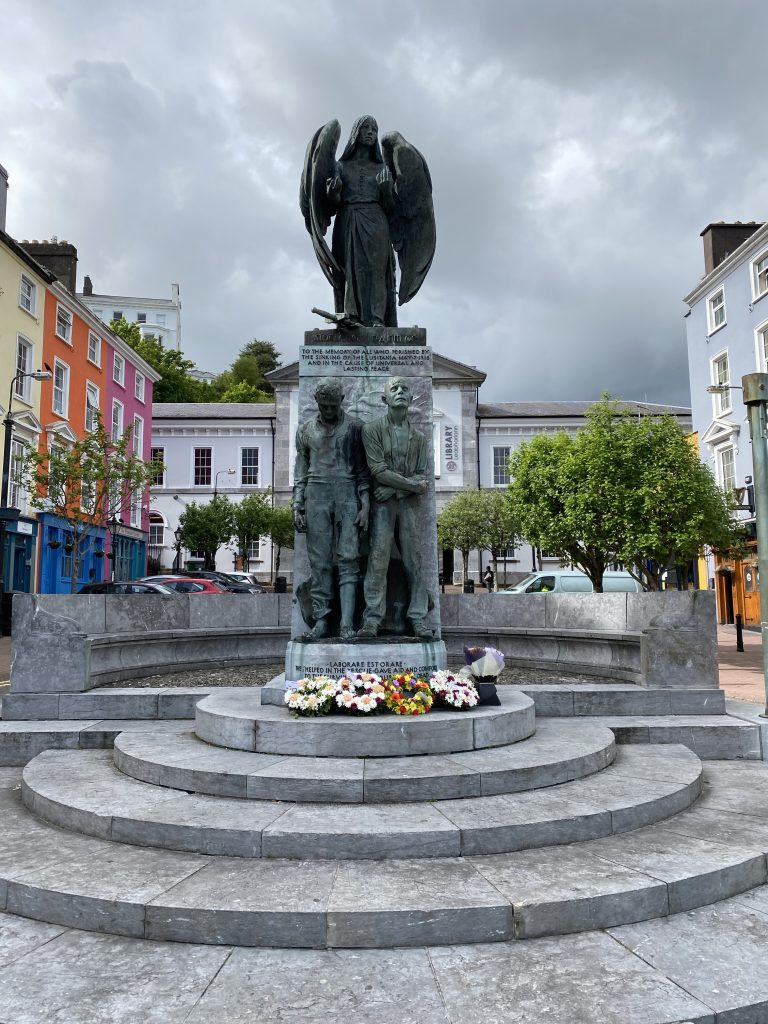
This charming town has a completely different feel from anywhere else I’ve been to in Ireland. I presume that the number of tourists from across the world mean it is doing better than many of the places. Everywhere is well looked after and it’s a place where if I had the time, I would have spent a lot longer. I will certainly come back.
I had time between trains in Cork and while there are no left luggage lockers a member of the station staff let me leave my bag under his desk while I went for a walk. I have been to Cork a few times over the years, most recently only about 5 years ago. The shopping area is quite pleasant and there are buskers everywhere. I particularly enjoyed the young lad who had decided he would be different and set up with his electric guitar and amp, playing early Iron Maiden guitar solos, with no accompaniment, but sounding great – and not going overboard with the volume. Good on him, I was happy to drop a couple of Euros into his guitar case.
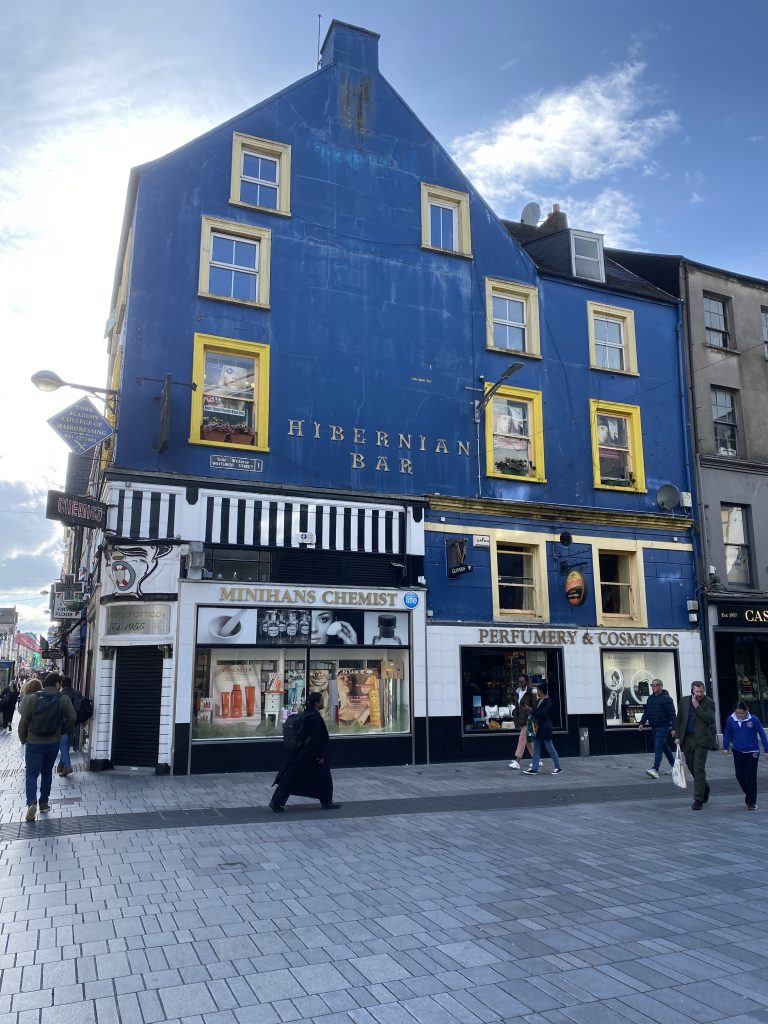
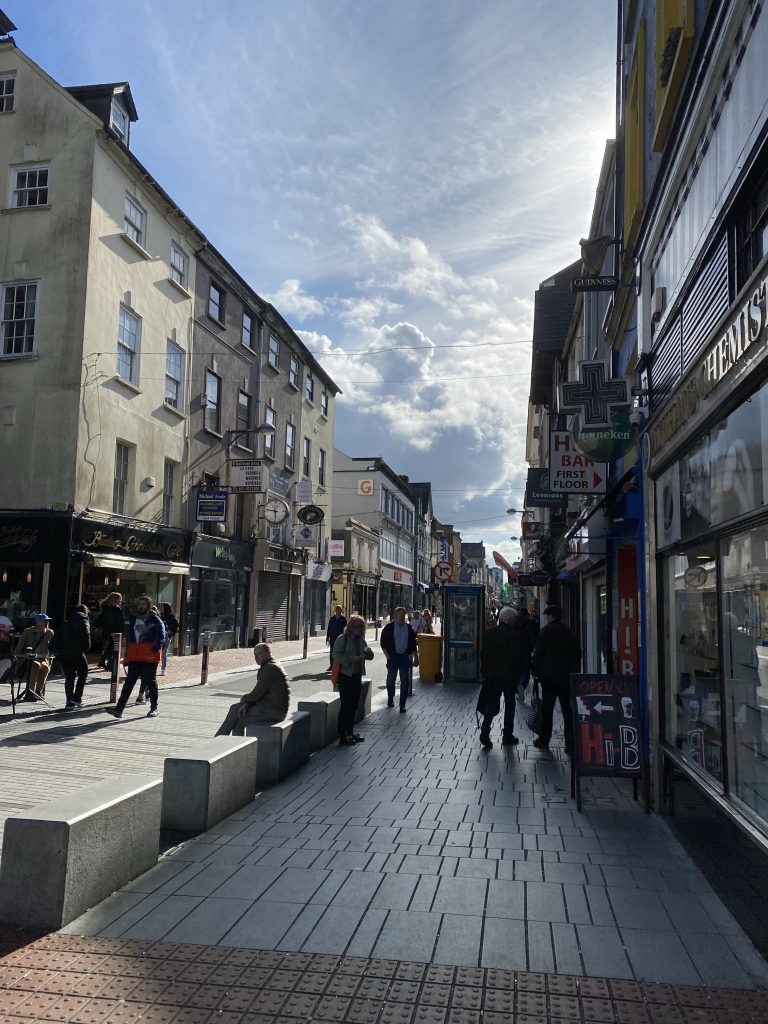
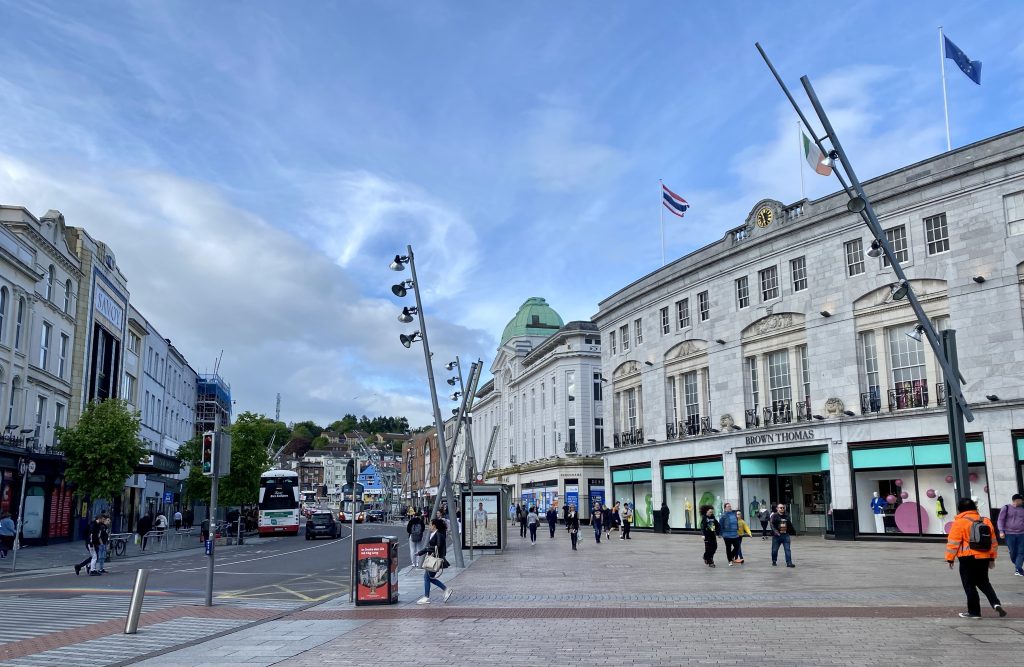
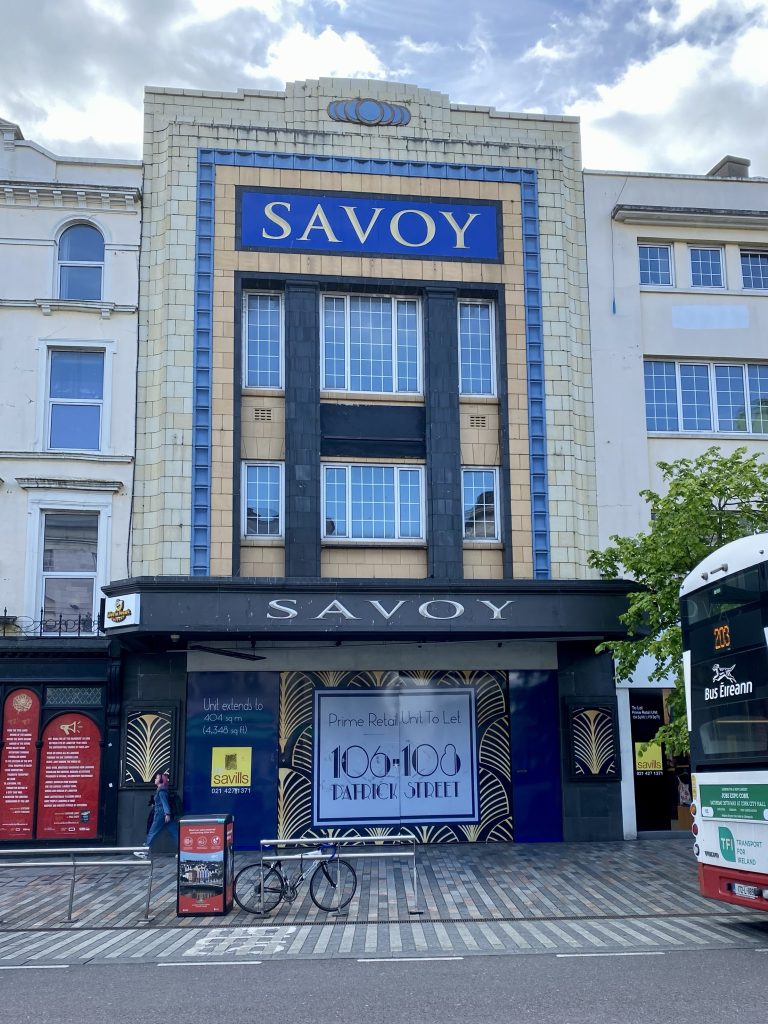
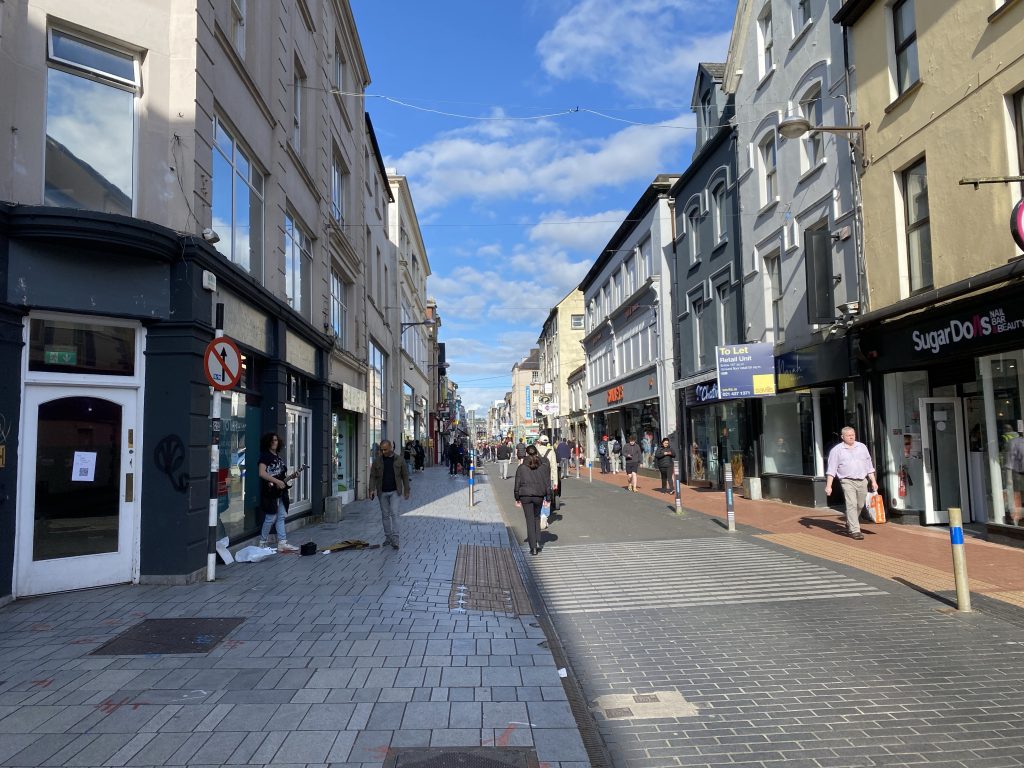
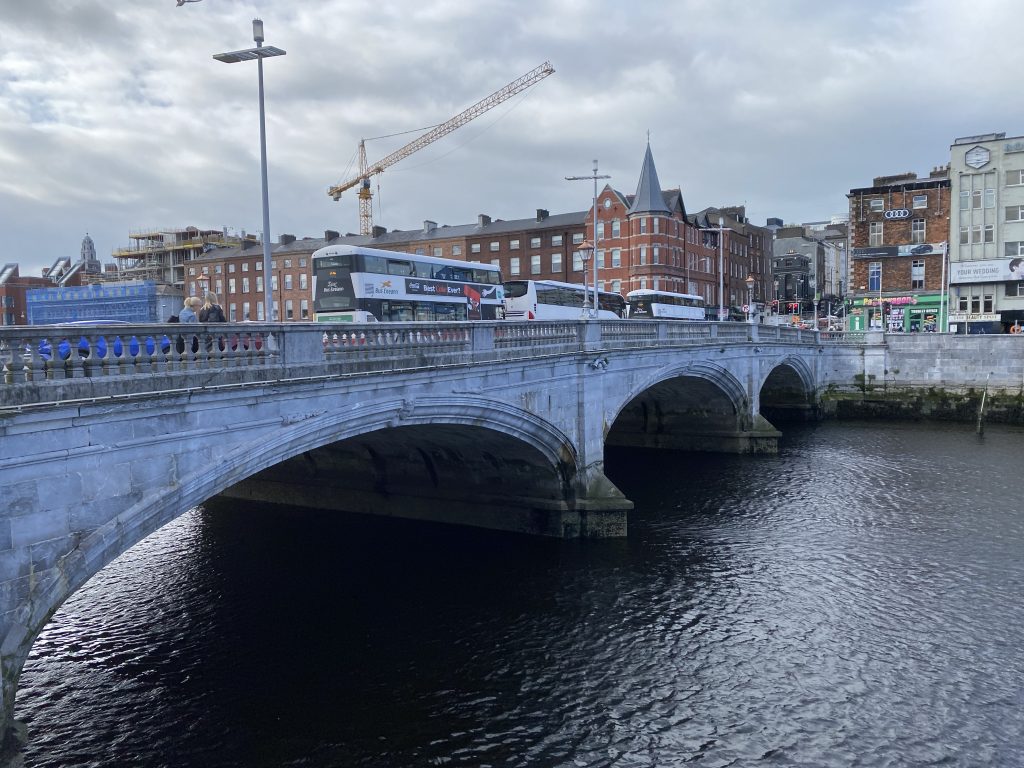
From Cork I returned as far as Mallow before changing for the final leg of the day to Tralee. An oddity on this journey is Killarney station. It is on a spur from the main line so travelling from Mallow you back out of the station after stopping, the points are changed and you continue forwards towards Tralee, as shown below. Very odd, why not just put the station where the car park is, and vice versa?!
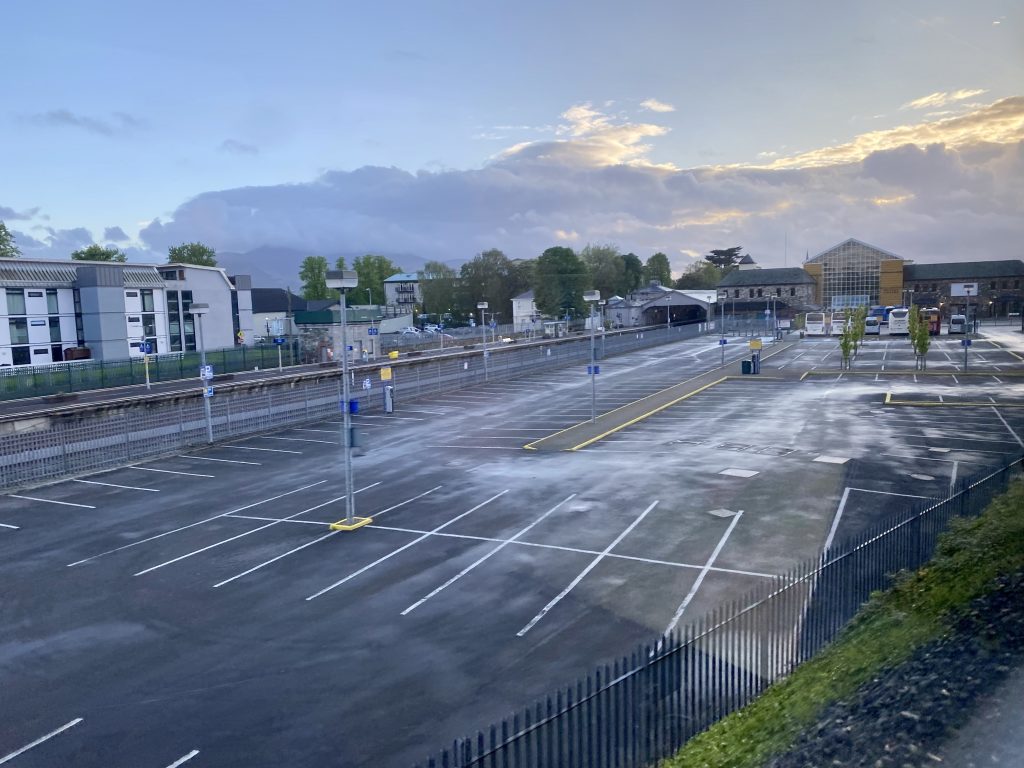
Arrival in Tralee was a significant moment. This is the most westerly railway station in Europe, and so was one of the points I’d been determined to reach when planning this adventure. Unfortunately I arrived after dark and in light drizzle, but it was nice to have achieved the final big “checkpoint” of the tour. The war in Ukraine put paid to me visiting the most easterly station in Europe, but I have now visited the most northerly, southerly and easterly stations, as well as going to the Russian border, and travelling on the highest mountain pass railway on the continent.
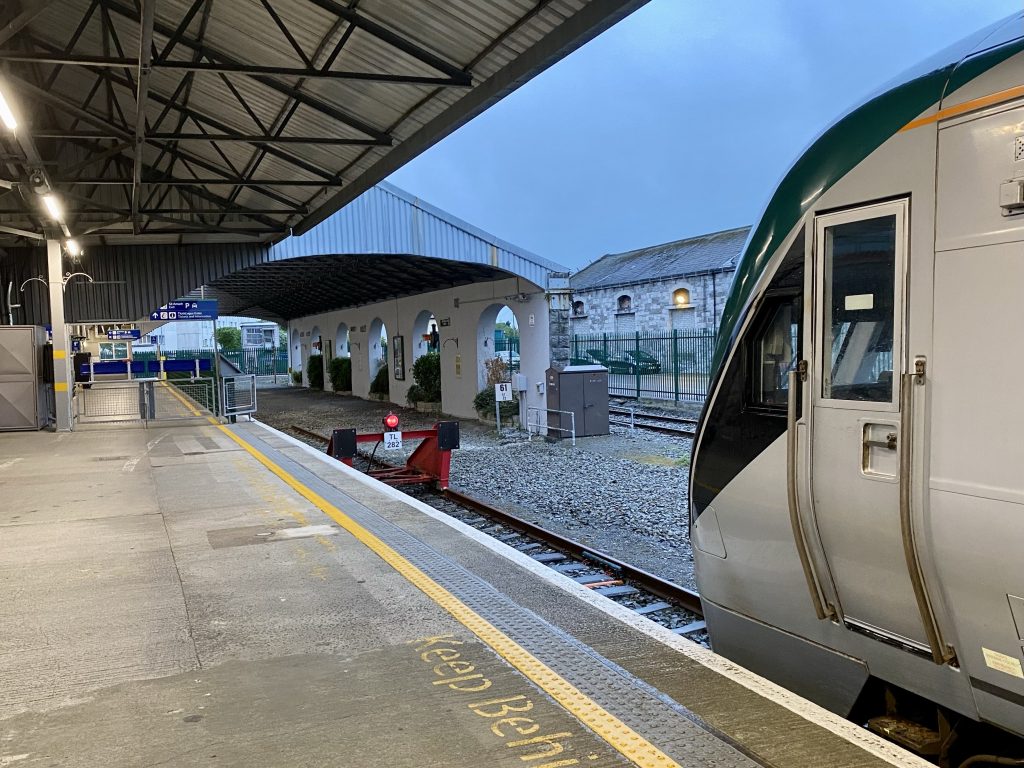
I’d been exchanging messages with my accommodation during the last journey. My train was due to arrive at exactly the time check-in closed, so the key would be left for me in a nearby bar. I was asked if I would like to book breakfast, which I said yes to, only to receive a reply a few minutes later apologising and saying they were already full for breakfast an could not accommodate me. That’s a first!
On arrival I had work to do (a software release at work) which went on until well after 11pm, meaning that I never did get back to the bar, after collecting the key. Instead, I had a very late night takeaway (fortunately this town, unlike most that I have visited, did have a couple of places open late) before turning in.
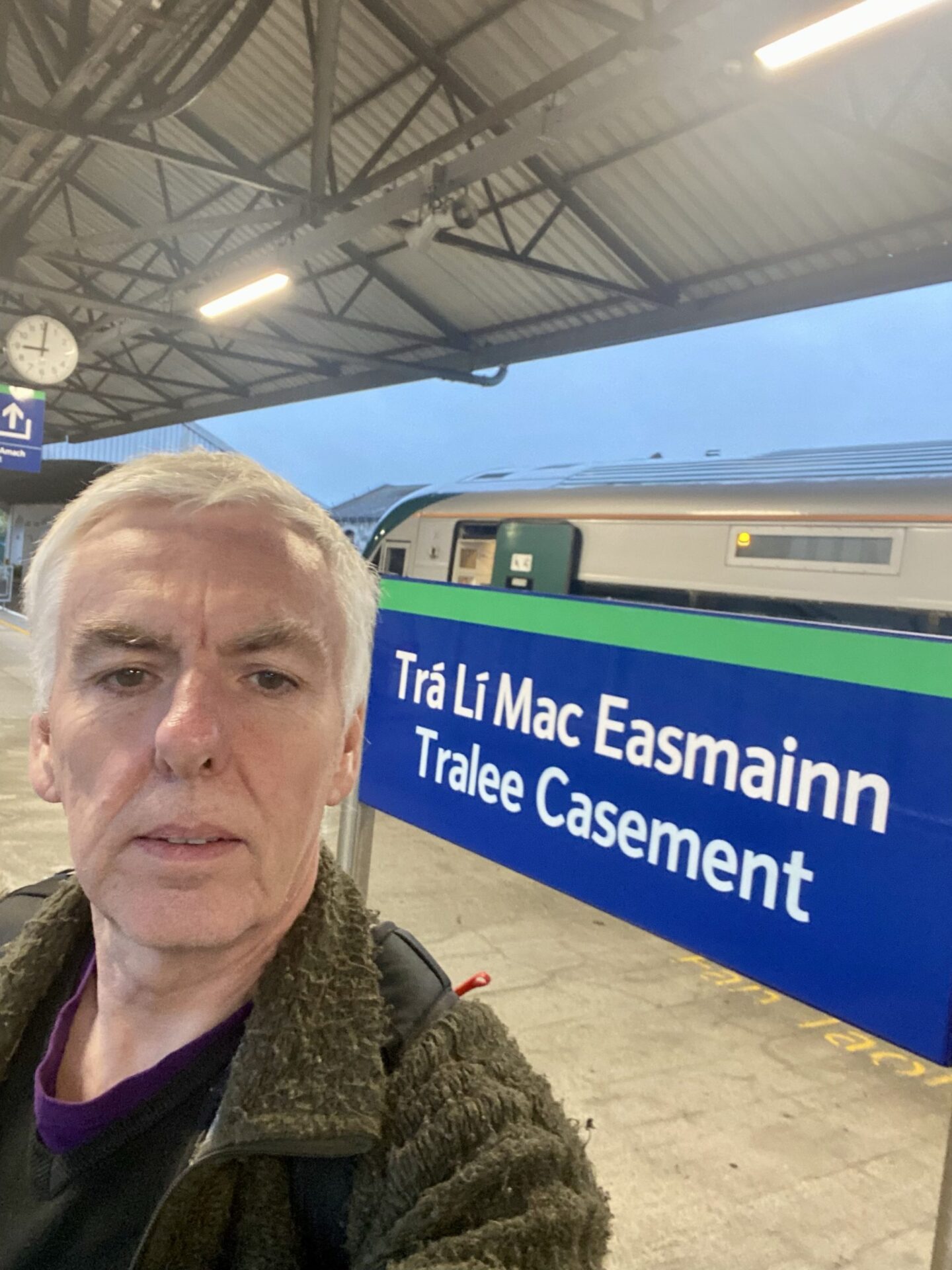
Leave a Reply